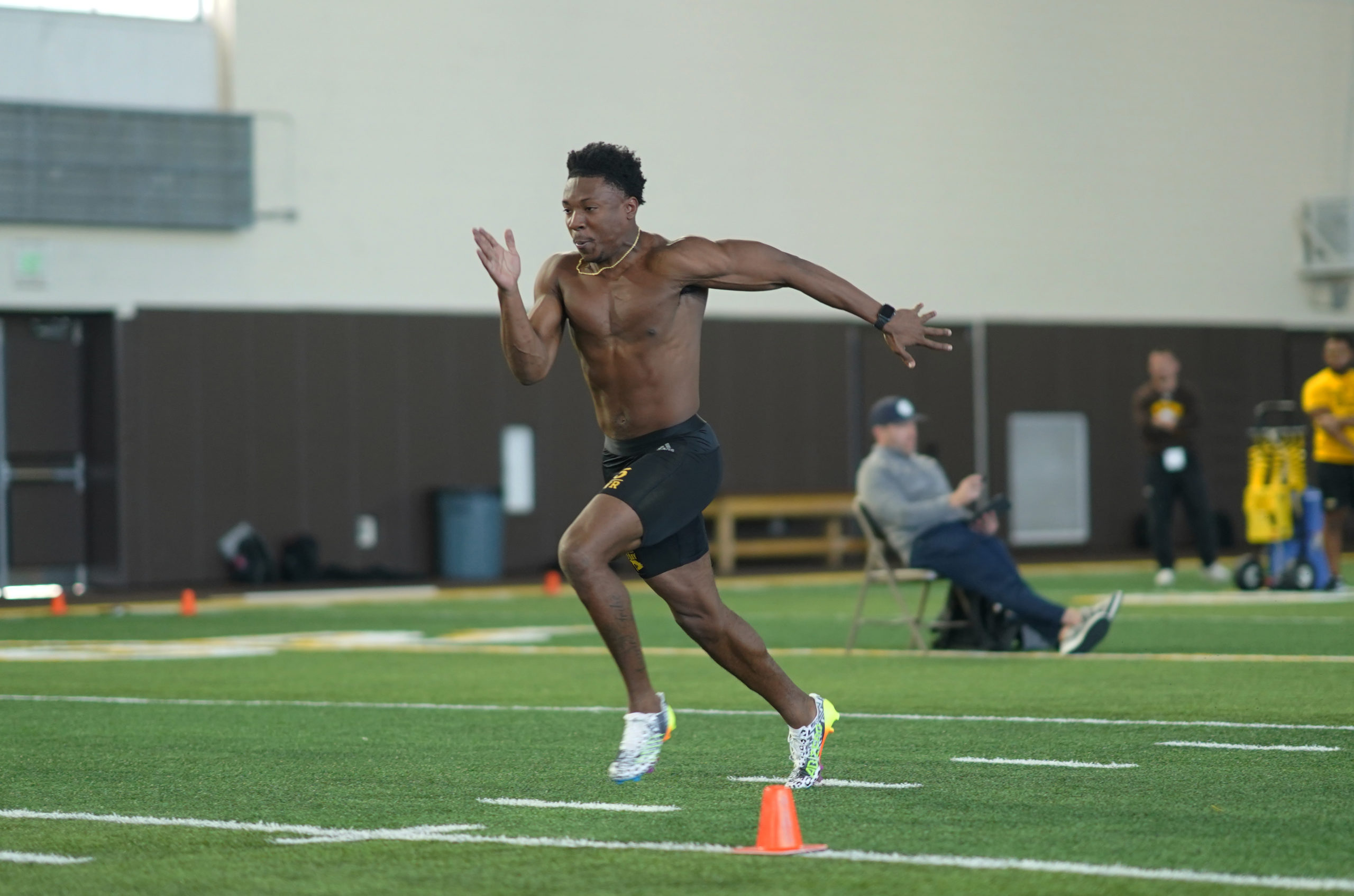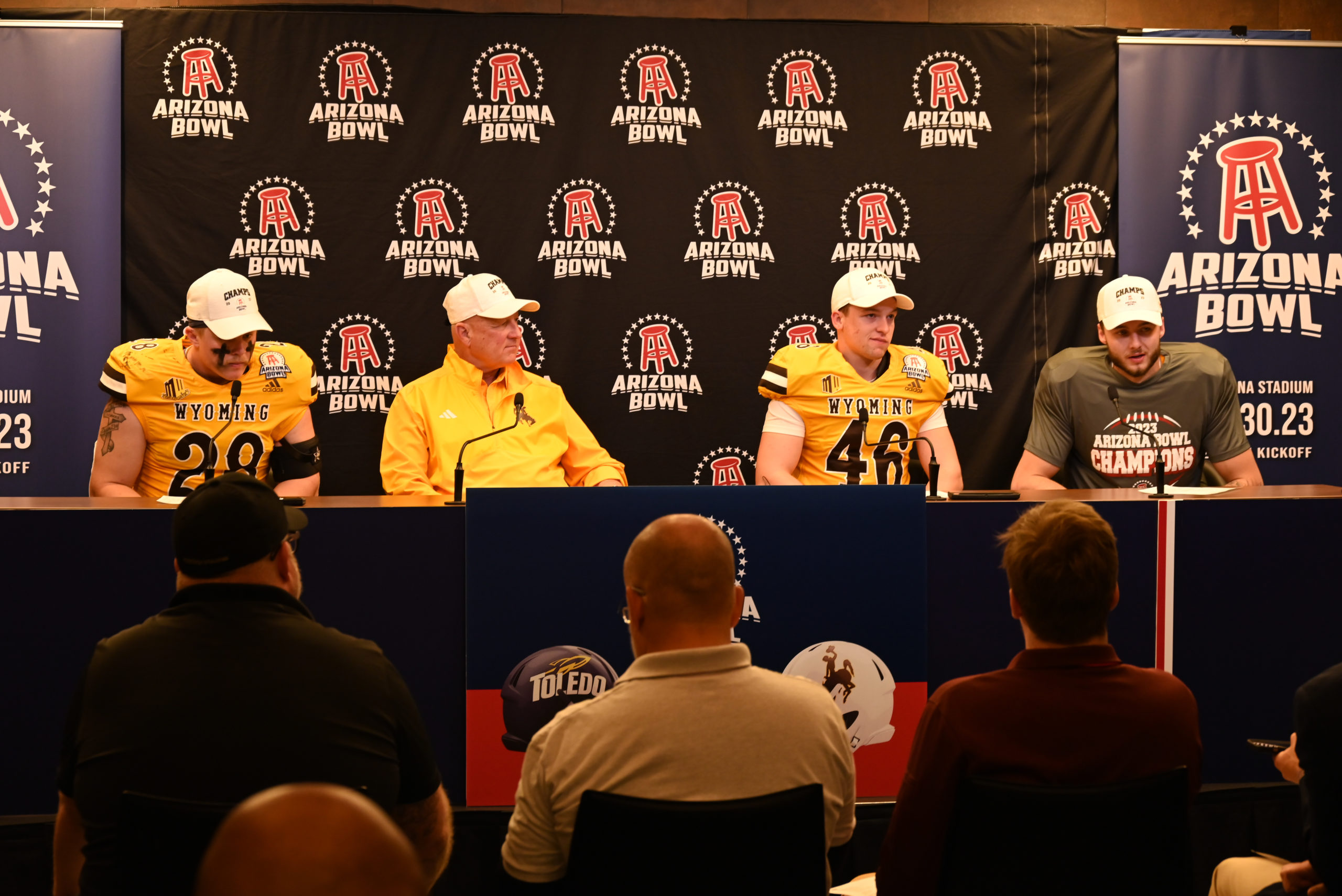
Two dissimilar art showcases came together this week in the current University of Wyoming Art Museum exhibits Stocked and Starstruck.
The art of each exhibit is wildly different, but they are on display in hardly separated spaces. Their proximity might allow the viewer to make interesting conclusions about how these two exhibits coincide.
Borrowing from mid-20th-century pop artists like Andy Warhol, whose art is also displayed in the exhibit, Stocked’s contemporary artists explore the “seductive aesthetic appeal of commercial products with degrees of uneasiness.”
This seduction parallels that of the beautiful art in Starstruck, which displays images of outer space. Viewers are reminded in the blurb describing the exhibit that these “photographs” are doctored to achieve a certain appearance – what is blue in the image might actually be red in space.
Uneasiness is reached upon the realization that these images are not a true representation of space, just as discomfort can be felt when considering today’s obsession with mass consumption, documented and criticized in Stocked.
Artist Brian Ulrich explores the alluring draw of modern products and consumption in his series of unnamed photos that capture oblivious grocery store shoppers.
The shoppers in the photos are wholly absorbed in their task. One photo documents a woman on a cell phone looking at a shelf of Chardonnay and appearing to be having a difficult time making her decision.
Save the security guard, I was the only person walking around the exhibit. The space was quiet except for the low murmur of a few videos on display, such as Christian Jankowski’s The Hunt, which showcases a man who, unlike the woman with her cell phone in Ulrich’s photo, makes quick decisions but grabs his food with a bow and arrow. This is meant to showcase the convenience of supermarkets.
The Last Supper, by Damien Hirst, took the idea of convenience a step further and created a futuristic world in which food can be consumed in the form of a pill.
Hirst imitates the packaging of vitamin supplements and replaces the names with things like “Sandwich,” “Salad” or “Mushroom.” These large digital prints raise the issue of quick and easy solutions.
So many of us turn to pre-packaged food for meals and Hirst’s The Last Supper mocks these quick solutions by suggesting that one day, food will be so quick as to be consumed in an oral supplement.
Walking from one exhibit to the other, the viewer can start to think about how mass consumption affects more than just the pantry. The art of Starstruck was breathtaking with silvery stars, bursts of pink and green and beautiful portraits of the moon and sun, but it also helped raise the question of universal impact.
The artwork of Stocked seemed hypercritical of modern consumption until considered in tandem with the photographs of our universe.
People can’t escape the dreaded shopping trip, but they can consider how much individuals consume and work to realize how each person’s shopping lists have an impact on the universe.


